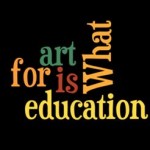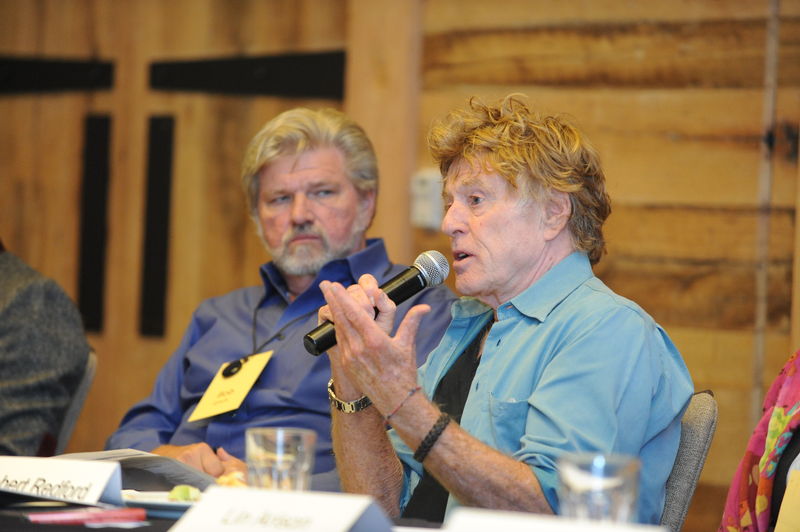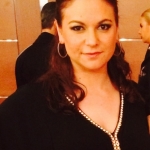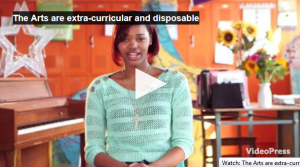
Ms. Deb Vaughn
A Delicate Balance: The Intersection of In-School and Out-of-School Time
Posted by Feb 25, 2014

Ms. Deb Vaughn
As a statewide funder of arts education, the trend in my organization’s support of arts education over the last decade has been to push the field towards deeper levels of arts integration. Although the beginning of the erosion of arts specialists in schools predates my career in arts administration, I strongly suspect that this emphasis on integrating the arts with other (perhaps more stable) subject areas was a reactive measure rather than a proactive one. In other words, instead of honoring arts integration as an effective teaching method for addressing multiple learning styles, it was seen as a “quick fix” for the loss of critically important arts specialists.
One of the consequences of this investment has been a decrease in attention to out-of-school work. This may be due to a perceived lack of quality (not aligned with state standards, not assessed, not taught by certified educators, etc.), but is also probably a result of decreased availability of grant dollars. As funders turned their attention to in-school work, organizations dependent on that funding were forced to divert their resources towards in-school programs. While there are still many high-quality out-of-school programs in operation, as evidenced by the National Arts and Humanities Youth Program Awards, they seem to lack broad recognition as a valuable component of arts education.
I’ve recently watched the evolution of several new grant programs in Oregon, each with their own attempt to link in- and out-of-school earning. The Oregon Community Foundation’s new “Studio to School” program endeavors to create a lasting arts education legacy within a community over a five year investment. While the final funding decisions have not yet been announced, I noticed while serving as a reviewer in the initial phase that the most problematic section of the application asked applicants to “link arts education during the school day to out of school arts learning.”
Read More



 Art education in schools exists, to the extent that it exists at all, within the contexts of wider school cultures. School cultures are currently in the thrall of high stakes—undifferentiated, system-wide models of measurement and accountability. How does art education function in such an environment? Not so well.
Art education in schools exists, to the extent that it exists at all, within the contexts of wider school cultures. School cultures are currently in the thrall of high stakes—undifferentiated, system-wide models of measurement and accountability. How does art education function in such an environment? Not so well.














































